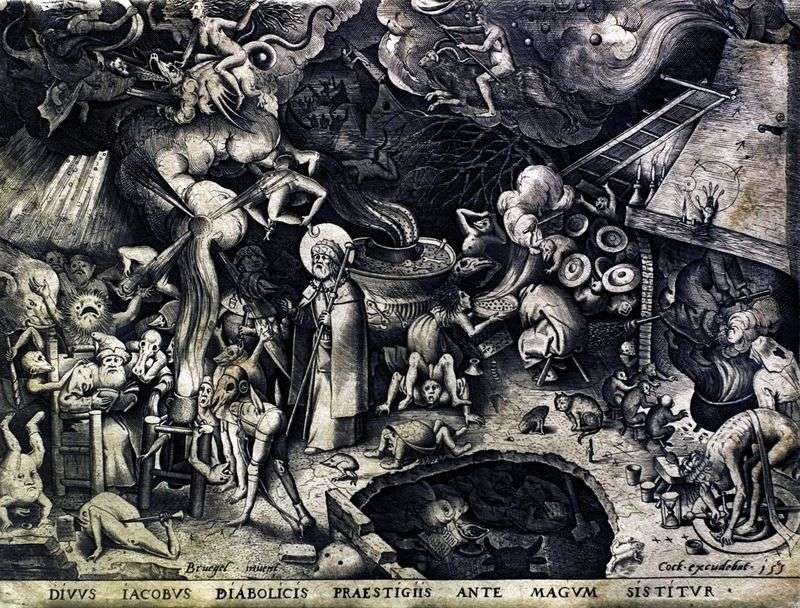
Engraving of the artist Peter Bruegel “Saint Jerome” from the series “Virtues” depicts a saint during his stay in the Syrian desert, where Jerome was tempted and tempted. Blessed Jerome was born into a Christian family in Stridon. To complete the education, his parents sent him to Rome, where he studied secular science.
The saint was baptized around 360 already in adulthood. In the middle of the 370s Saint Jerome went to the East and lived for about 5 years in a Syrian monastery, combining work on the Holy Scripture with severe ascetic feats. In the desert, Jerome satellites had, in his own words, “only scorpions and wild beasts.”
Like Francis of Assisi, Anthony the Great and others who professed severe asceticism in their daily lives, he experienced vivid sexual hallucinations and described in one of the letters how he had to beat himself in the chest until this fever released him. In addition, Saint Jerome perfectly studied the Hebrew and Chaldean languages. In 386, Jerome settled in Bethlehem. He was followed by the Roman aristocrat Paula, whom he converted to Christianity. She founded monasteries and monasteries, and it was here that for many years Jerome translated the Old and New Testaments into Latin.
An outstanding scholar of his time, the blessed Jerome left the Church a rich written heritage: works of dogmatic-polemical, moral-ascetic, works on the interpretation of Holy Scripture, historical works. But his main feat was a new translation into Latin of the books of the New and Old Testament. His version of the translation, called the Vulgate, was eleven centuries later proclaimed by the Council of Trent as the official Latin biblical text.
 Saint Jerome by Jusepe de Ribera
Saint Jerome by Jusepe de Ribera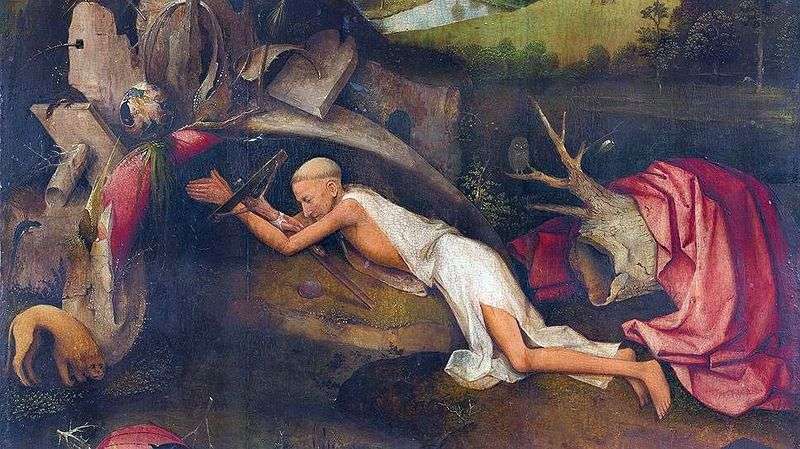 The Prayer of St. Jerome by Hieronymus Bosch
The Prayer of St. Jerome by Hieronymus Bosch St. Jerome in the desert by Jacopo Bassano
St. Jerome in the desert by Jacopo Bassano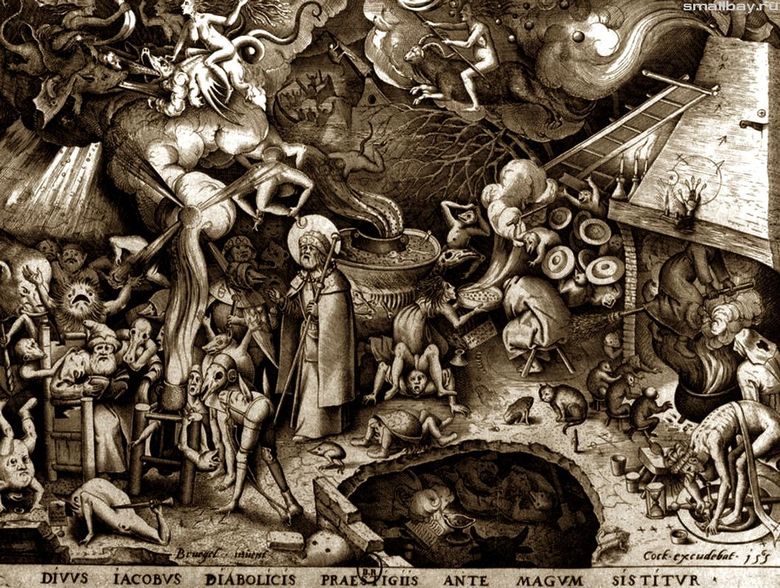 Saint Jérôme. Gravure – Peter Bruegel
Saint Jérôme. Gravure – Peter Bruegel Saint Jerome and the Angel by Reni Guido
Saint Jerome and the Angel by Reni Guido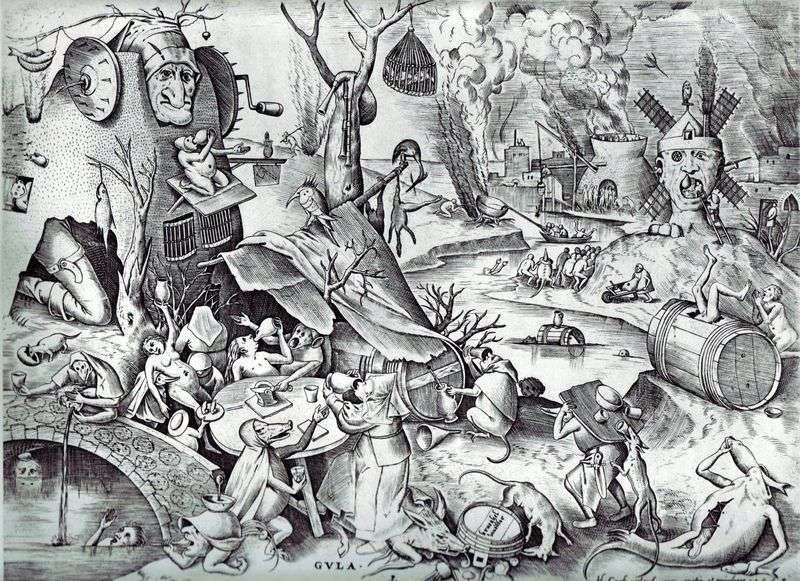 Gluttony. Engraving by Peter Brueghel
Gluttony. Engraving by Peter Brueghel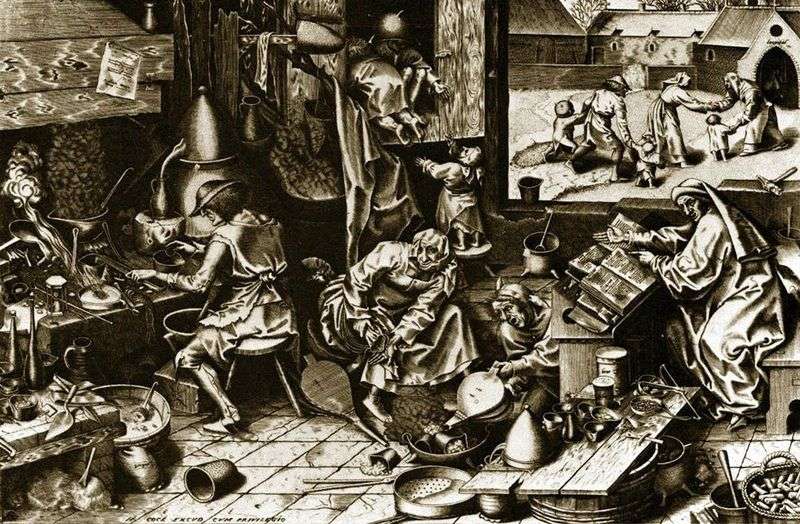 Alchemist. Engraving by Peter Brueghel
Alchemist. Engraving by Peter Brueghel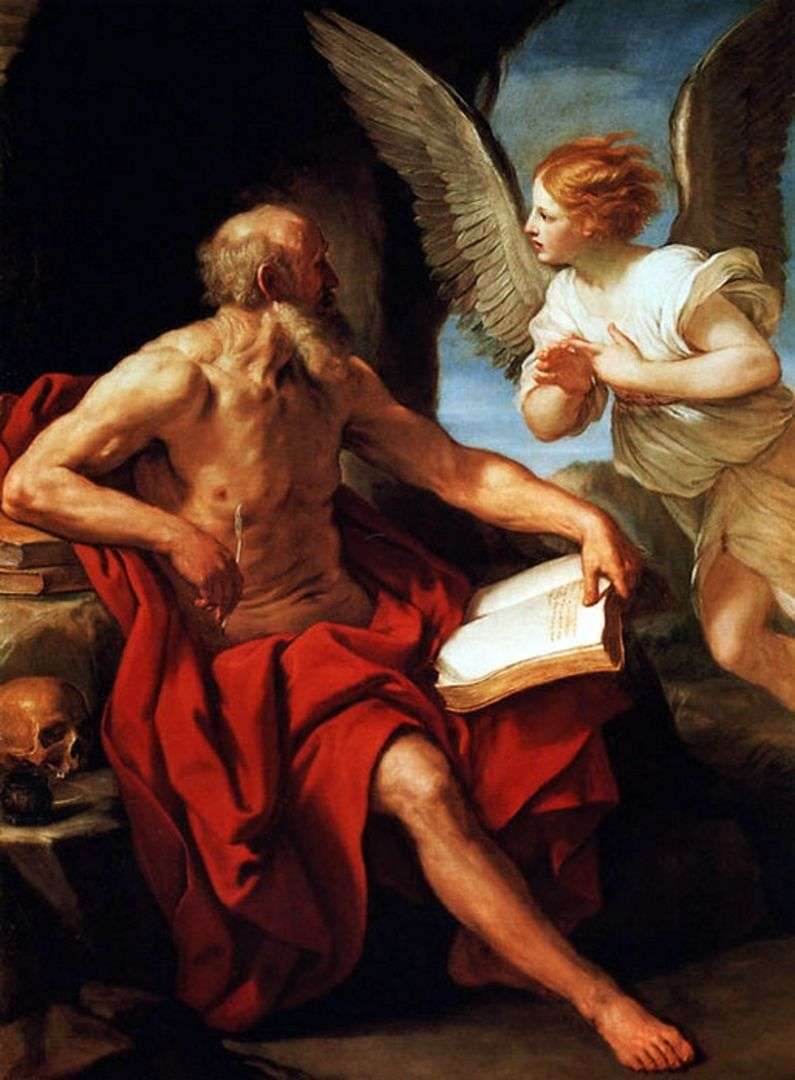 Saint Jerome and the Angel by Guido Reni
Saint Jerome and the Angel by Guido Reni